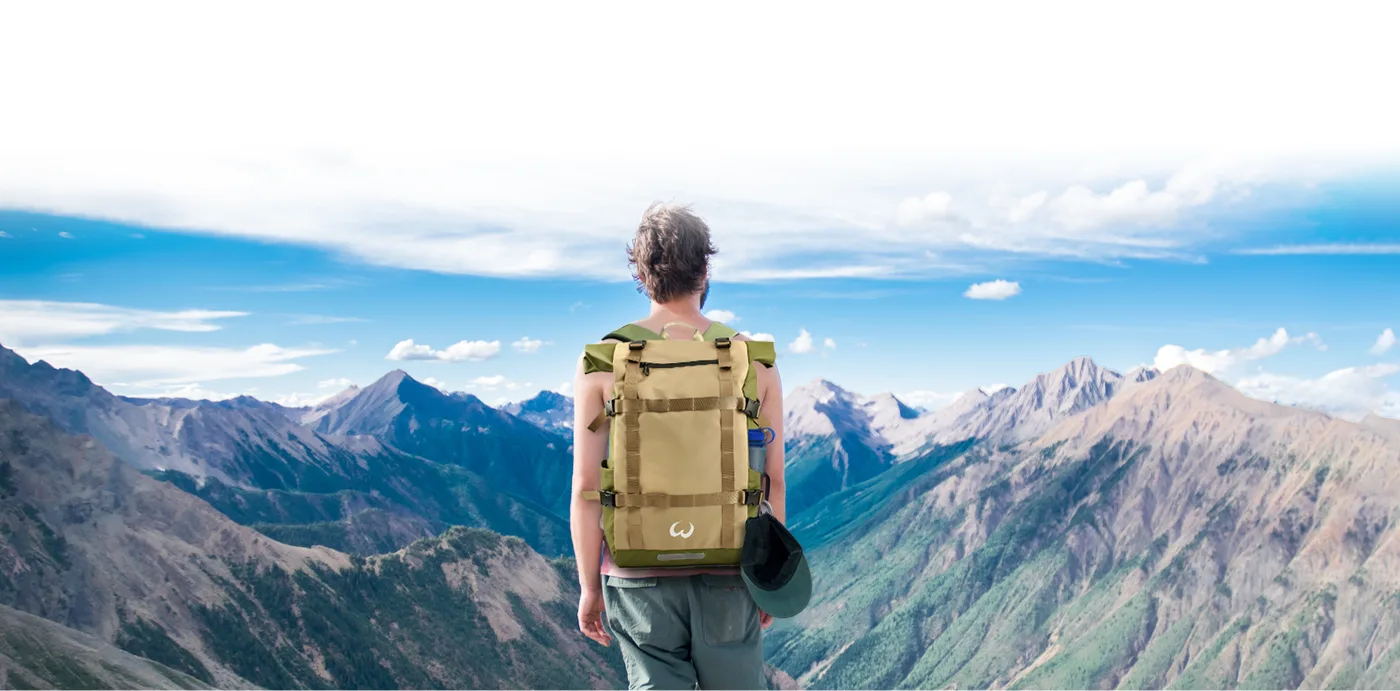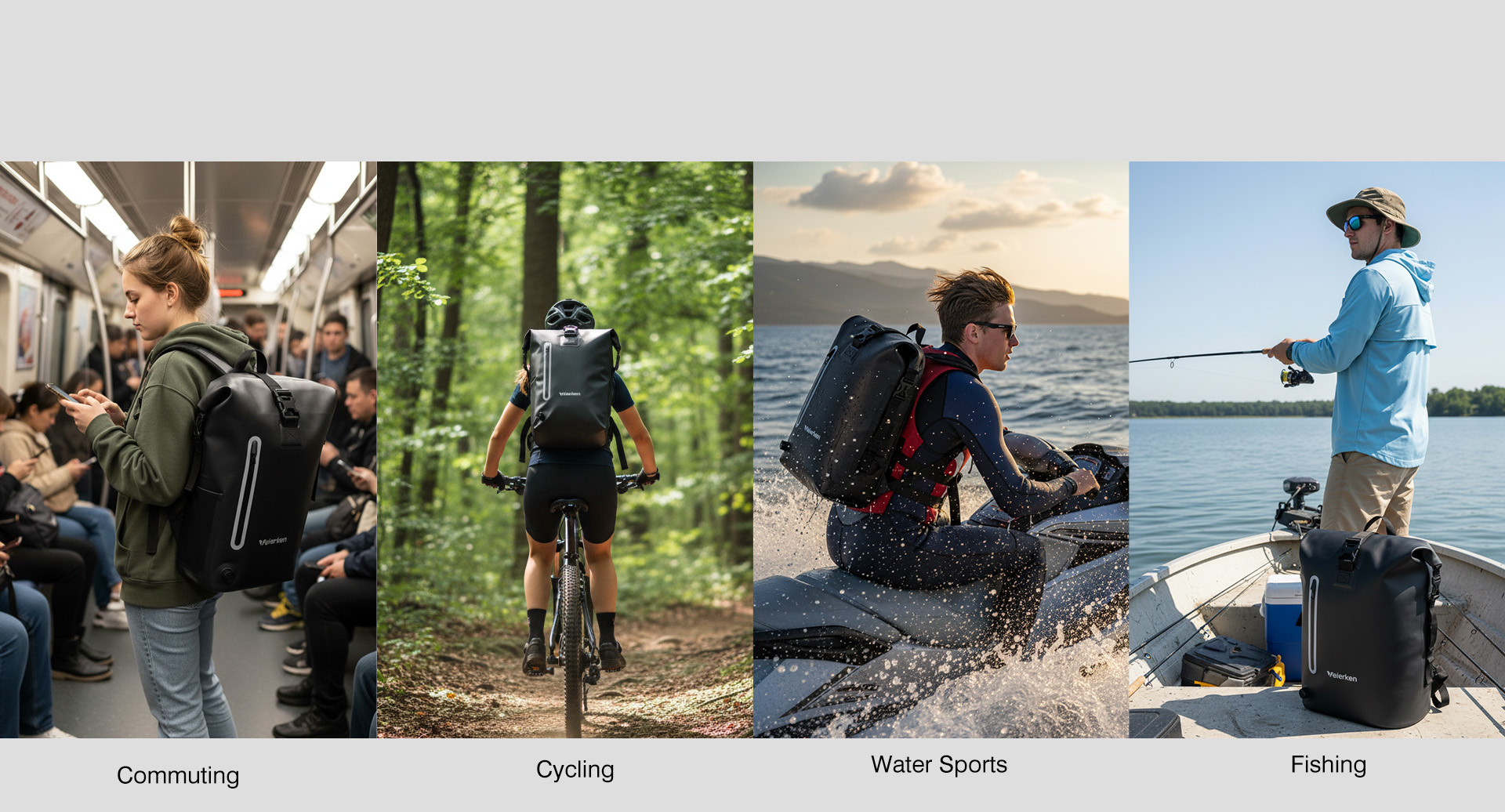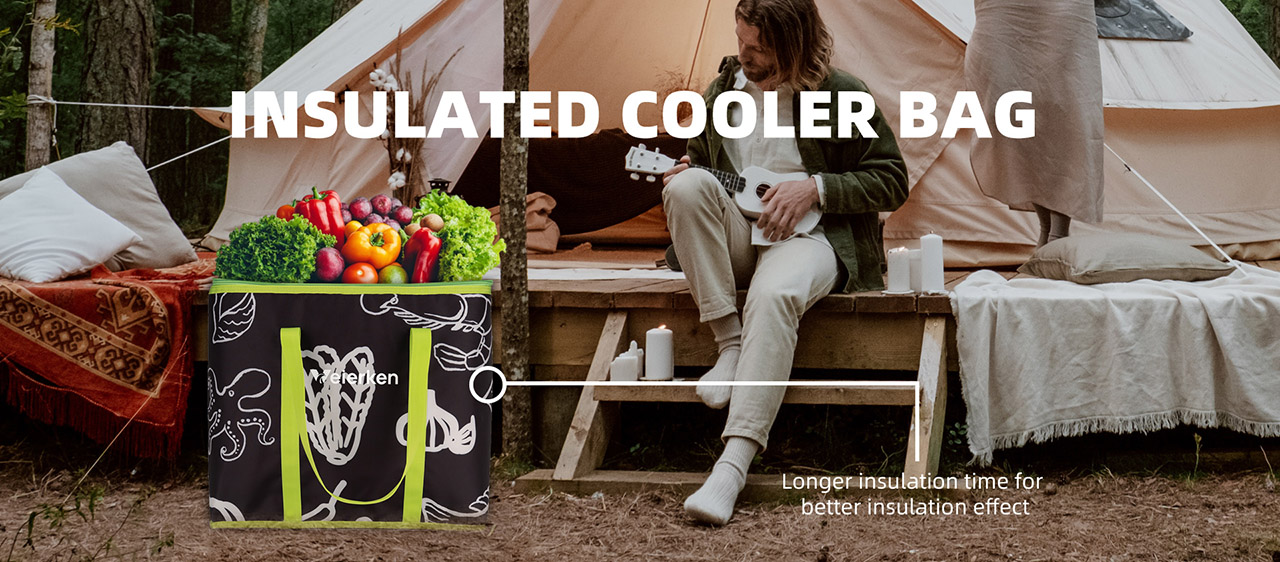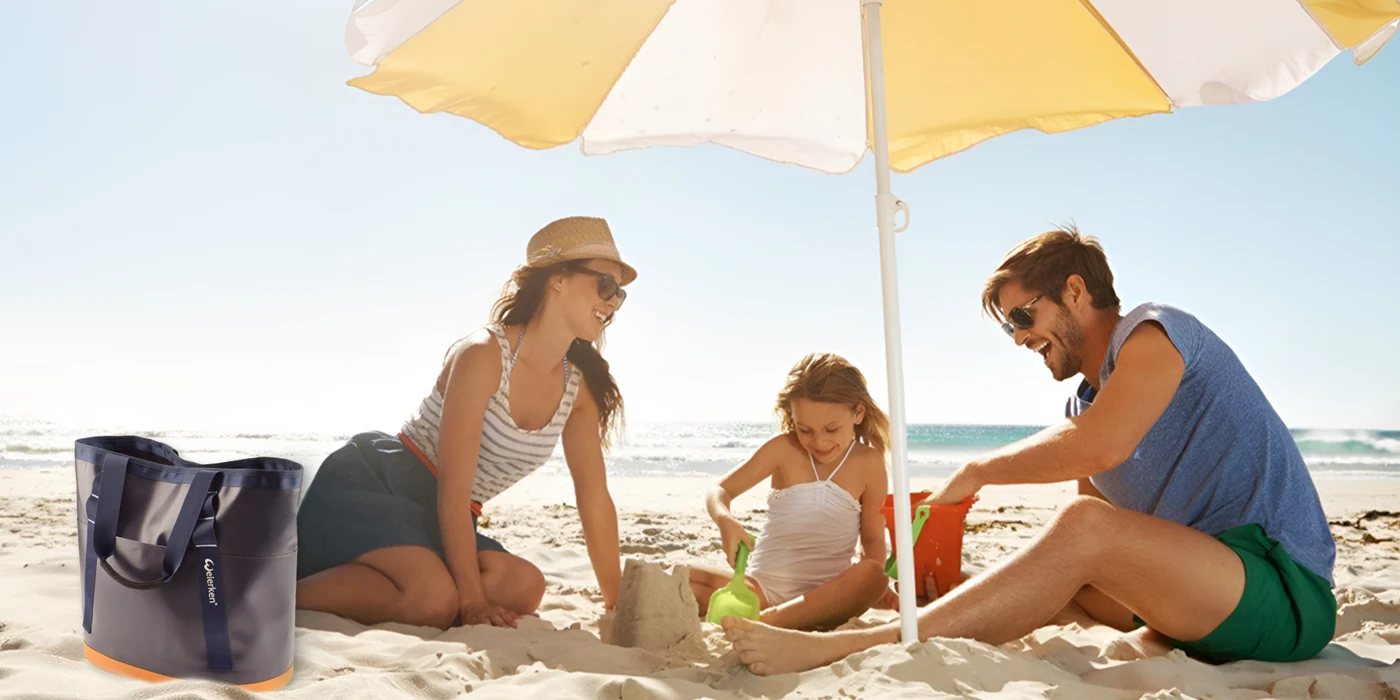The role of a waterproof bag distributor is no longer just about moving products from factory to retailer. In today’s competitive landscape, it’s about becoming a strategic partner to your clients, offering not just inventory, but value, reliability, and innovation. For procurement managers and brand customizers, selecting the right manufacturing partner is a critical decision that impacts brand reputation, market responsiveness, and bottom-line profitability. This guide delves into the core technical and operational factors you must evaluate when sourcing waterproof bags, moving beyond basic specifications to a holistic partnership assessment.
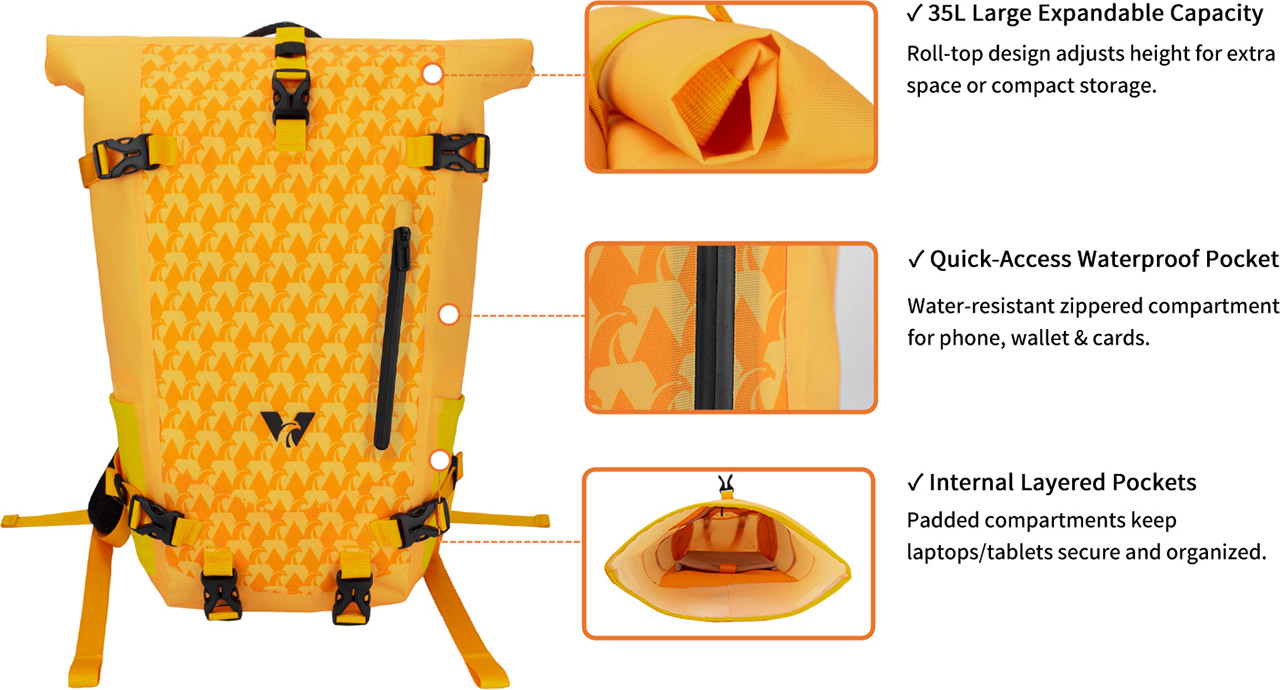
Deconstructing Waterproof Performance: Beyond Marketing Claims
A “waterproof” label is meaningless without standardized testing and clear parameters. For B2B buyers, understanding the engineering behind waterproofing is crucial for product development and marketing accuracy.
The IPX Rating System Demystified
The IP (Ingress Protection) Code, specifically the IPX rating, is the international standard for defining levels of water resistance. For distributors, specifying the correct IPX level for the intended use-case is paramount.
IPX4 to IPX6 (Splash & Jet Proof): Suitable for everyday bags, laptop sleeves, or cycling packs where protection against rain, splashes, or water jets is sufficient.
IPX7 & IPX8 (Submersible): Essential for dry bags, diving gear cases, and marine equipment. IPX7 guarantees protection when immersed in 1 meter of water for 30 minutes, while IPX8 covers deeper, longer immersion as specified by the manufacturer. Insist on certified lab test reports for these claims.
Material Science: TPU vs. PVC vs. Coated Nylon
The choice of material directly affects durability, environmental impact, and performance.
TPU (Thermoplastic Polyurethane): The premium choice for high-end technical bags. TPU offers superior flexibility, cold-crack resistance, and high-frequency weldability. It is also more environmentally friendly, as many variants are recyclable and free of chlorine and phthalates.
PVC (Polyvinyl Chloride): A cost-effective option, but with significant drawbacks. PVC becomes stiff in cold temperatures, can contain harmful plasticizers, and is less durable over the long term. Its environmental profile is poor, making it a less desirable choice for eco-conscious brands.
Coated Nylon/Polyester: Fabrics like 600D polyester with a PU (Polyurethane) coating offer a balance between weight, strength, and water resistance. They are excellent for luggage and business cases but may not be suitable for full submersion unless combined with fully welded construction.
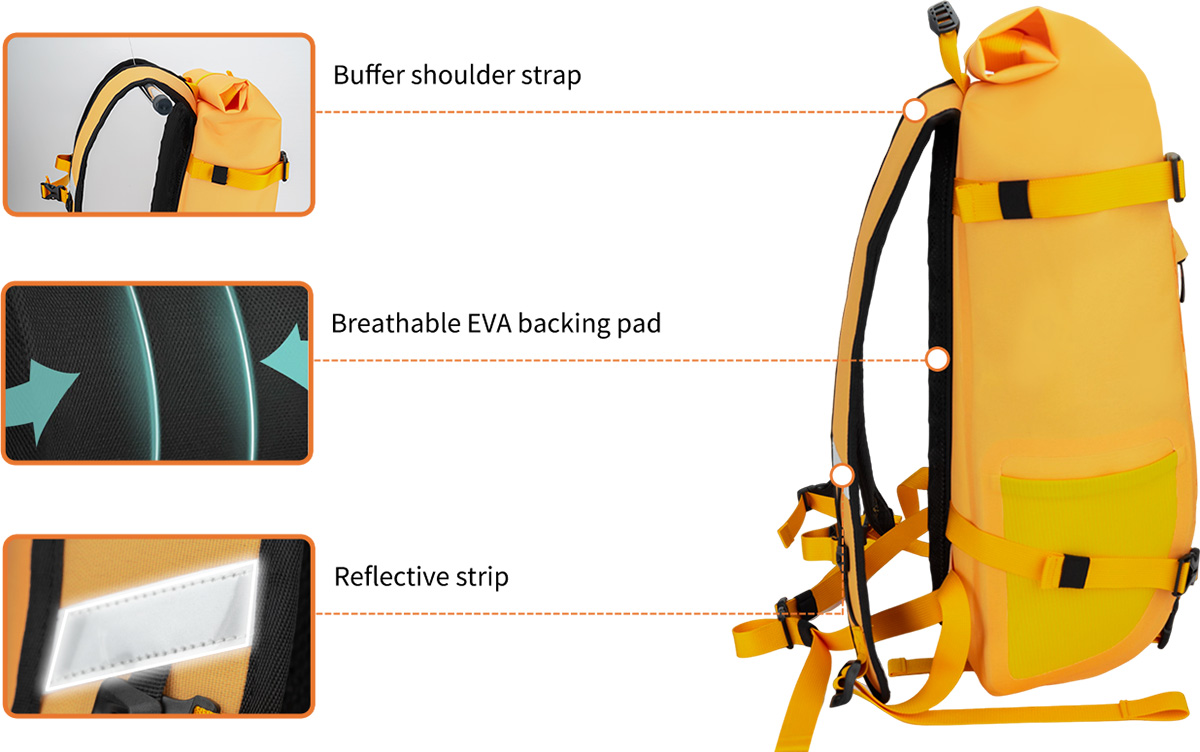
Manufacturing Techniques: The Seam is the Weakest Link
The method used to join materials is as critical as the materials themselves.
RF (Radio Frequency) Welding / High-Frequency Welding: This process uses RF energy to melt the material layers together, creating a permanent, molecular bond that is 100% waterproof and incredibly strong. This is the gold standard for dry bags and high-performance cases.
Heat Sealing/Thermal Welding: A common and effective method for TPU and PVC, using heated tools to fuse seams. It requires precise control to ensure consistent results.
Sewn & Seam-Taped: For coated fabrics, traditional sewing is used, followed by the application of a waterproof tape over the internal stitch lines. This is effective for weather-resistant luggage but is generally not as robust as RF welding for prolonged water exposure.
The Procurement Blueprint: Key Sourcing Criteria for Distributors
Your manufacturing partner should act as an extension of your own R&D and quality control teams.
OEM/ODM Capabilities and R&D Support
A true partner offers more than just production; they offer solutions.
Market-Informed Design: Look for a supplier with a dedicated R&D team that can provide insights on market trends, new materials, and functional design improvements.
Rapid Prototyping and Iteration: The ability to quickly turn your concepts into tangible samples is vital for speeding up your time-to-market. A supplier should offer multiple sample rounds with constructive feedback.
OEM/ODM Flexibility: Whether you need to put your logo on an existing design (OEM) or develop a completely custom product from the ground up (ODM), your supplier must have the infrastructure and creative capacity to support your vision.
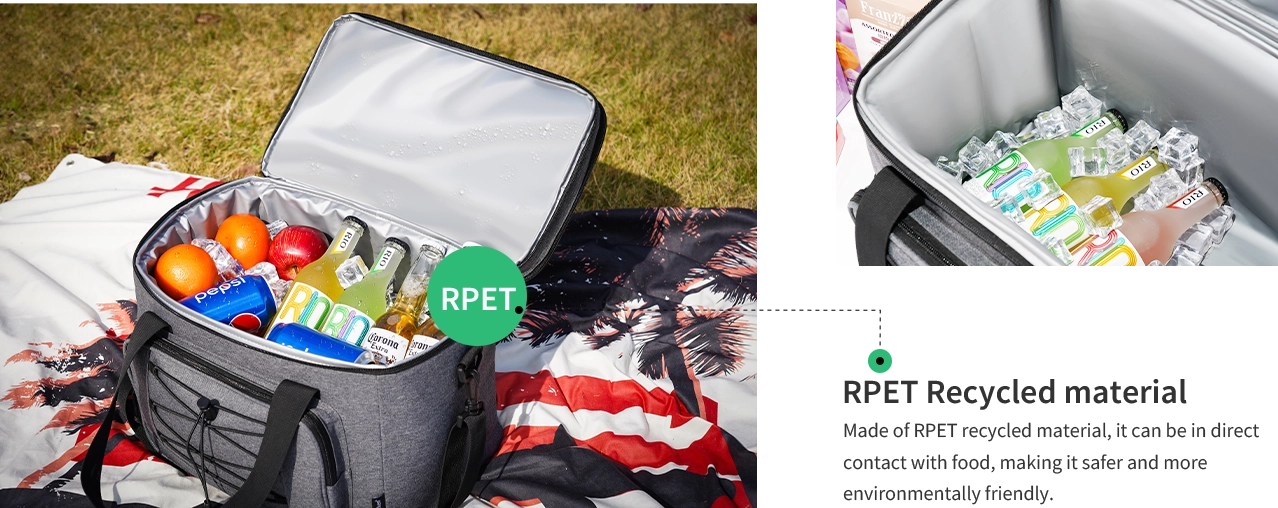
Compliance, Certifications, and the Sustainable Imperative
In a global market, compliance is non-negotiable, and sustainability is a powerful competitive advantage.
Social Accountability (BSCI): Proof of ethical manufacturing practices is increasingly a prerequisite for major brands.
Quality Management (ISO 9001): Ensures consistent processes and product quality.
Material Certifications:
- GRS (Global Recycled Standard): Certifies the use of recycled content, such as RPET (recycled polyethylene terephthalate), which is a major selling point for eco-focused collections.
- REACH: Compliance with this EU regulation ensures the absence of hazardous chemicals, a critical concern for products in direct contact with skin
FDA Compliance: For bags intended for food storage or related uses, FDA-compliant materials are a must.
Supply Chain Reliability and Production Lead Times
A beautiful sample is useless if it can’t be delivered on time and at scale.
- Realistic Lead Times: A professional manufacturer will provide clear lead times, typically ranging from 25-35 days for standard items to 50-65 days for complex, high-volume custom orders. Be wary of suppliers promising unrealistically short timelines.
- Production Capacity and Scalability: Inquire about the factory’s monthly output capacity and their strategy for managing peak season demand. Their ability to handle urgent replenishment orders can be a lifesaver during high-sales periods.
- Transparent Communication: A supplier should provide a clear project timeline and proactive updates on production milestones, from material sourcing to shipping.
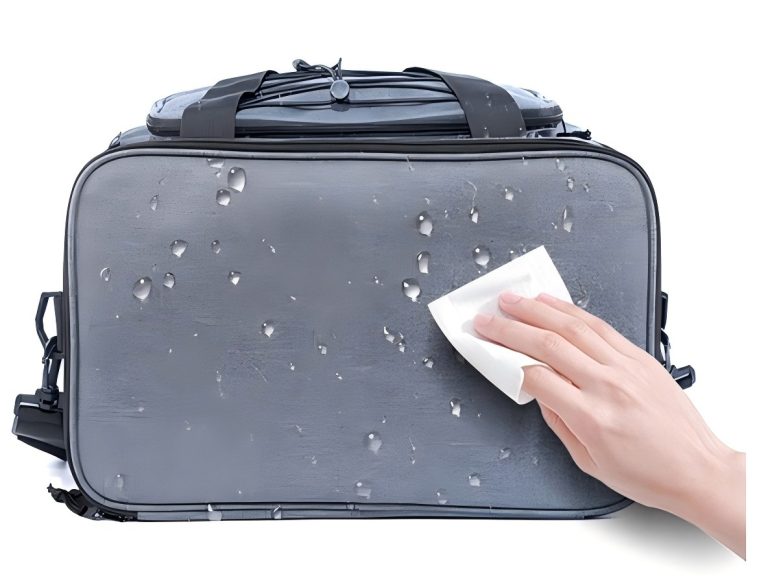
Laboratory Testing vs. Real-World Validation
While lab tests provide standardized data, they must be complemented with field testing. A reliable supplier will conduct both.
- Laboratory Testing: This includes controlled IPX tests, abrasion tests (like Martindale), tensile strength tests, and colorfastness tests. This provides the objective data for your product specifications.
- Field Testing: Products should be subjected to real-world conditions—being packed with gear, strapped to kayaks, tossed into luggage holds, and exposed to sun and rain. This uncovers potential issues with zippers, strap attachments, and overall durability that a lab test might miss. Ensure your supplier has a rigorous in-house quality control protocol that includes batch inspection and pre-shipment audits.
Partnering for Long-Term Success
Sourcing waterproof bag Manufacturers is a complex process that balances technical performance, ethical production, and supply chain agility. The distributor-supplier relationship must be built on a foundation of transparency, expertise, and shared goals. By prioritizing partners who demonstrate deep technical knowledge, robust compliance, and a commitment to R&D, you secure more than just a product source; you secure a strategic asset for your business.
It is within this framework of technical excellence and reliable partnership that manufacturers like Weierken operate, providing the foundational support that allows distributors to thrive in a demanding global marketplace.
